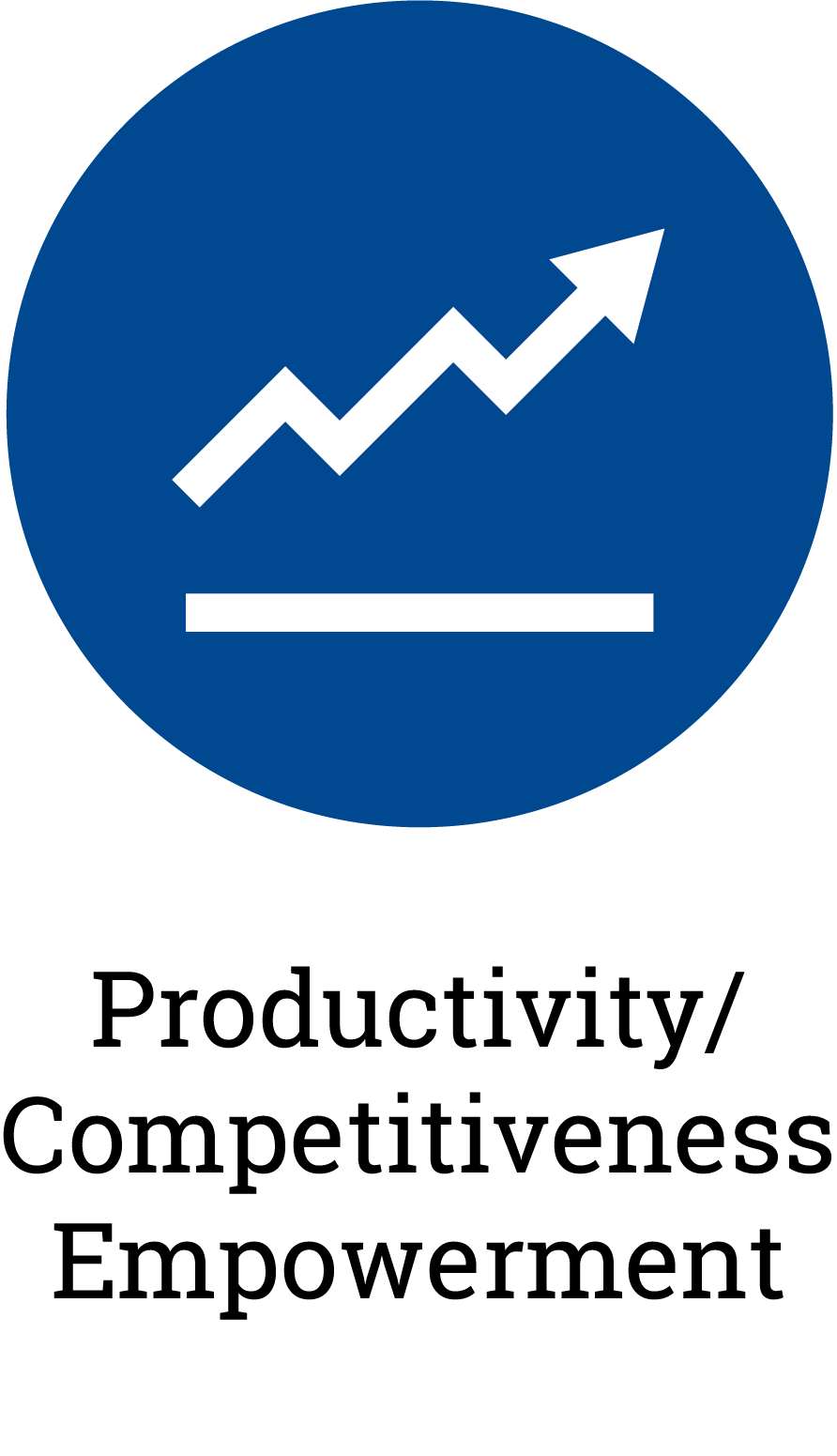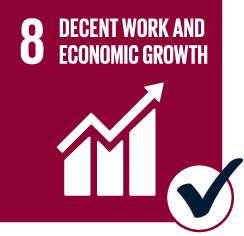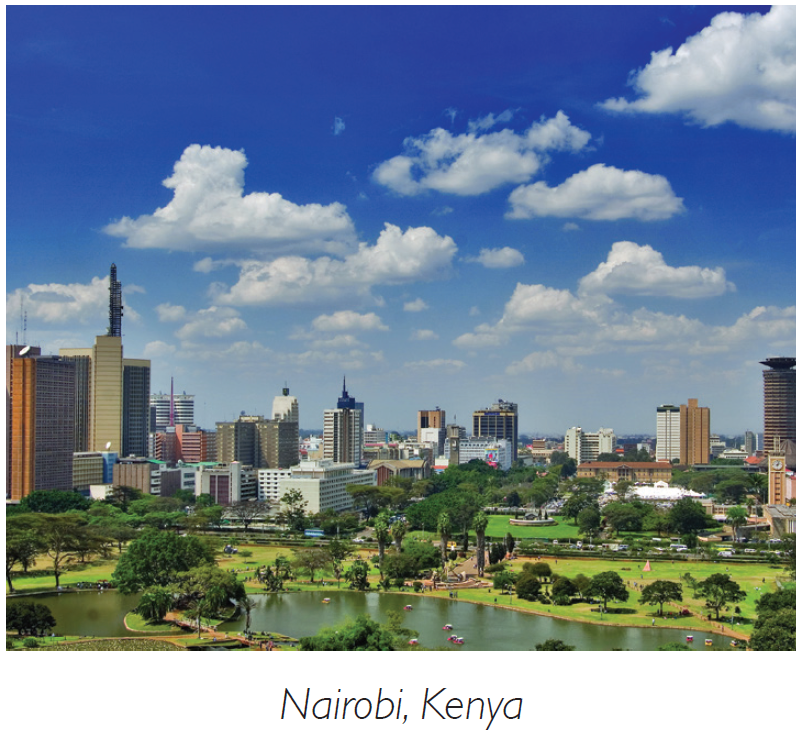Borrower Overview
TriLinc has provided financing to a leading plastic packaging manufacturer in Kenya that produces packaging used in the pharmaceutical, beverage, edible oil, paint, cosmetics, and lubricant sectors, with several blue chip clients such as Coca Cola and Unilever. The company’s main product, PET packaging, is lightweight, recyclable, carcinogen-free, and requires less energy than its glass packaging substitute to transport. To manufacture products applicable to the various different sectors, the borrower uses three distinct production processes that adhere to Kenyan Bureau of Standard certification, Supplier Guideline Principle Certification for Coca Cola, and Kaizen Japanese continuous improvement standards. In an effort to conserve energy and water, the borrower customizes its machines by source, design, and plant layout and gathers the waste produced from molding operations to sell to local recyclers. Additionally, the borrower integrated water recycling into its production process. Situated on a two-acre site in Nairobi, Kenya the borrower plans to expand its operations into Kampala, Uganda. The demand for plastic packaging products is rapidly increasing regionally due to an increase in demand for fast moving consumer goods and an expanding retail sector, stemming from a growing population and rising incomes. TriLinc’s financing will support the acquisition and storage of raw material which will enable inventory build-up and a boost in production to service its growing customer base.
 |
 |
Market Overview

Kenya is classified as a middle-income country by the World Bank.1 Between 2010 and 2014, GDP growth rates averaged approximately 6.0%.1 Kenya has emerged as both a technological and financial hub for East and Central Africa and is ranked number one in the world for mobile money transfer and financial services, utilized heavily by small business owners and farmers throughout the country.2 Kenya’s main exports are concentrated in tea, horticultural products, coffee, petroleum products, fish, and cement.3 Conversely, the country’s main imports are focused in machinery and transportation equipment, petroleum products, motor vehicles, iron and steel, and resins and plastics.3
Kenya meets TriLinc’s country standards for its performance across relevant growth, stability, and access metrics.4 As the sixth largest economy in Sub-Saharan Africa with a GDP of $70.5 billion, the country benefitted from an estimated $38.6 billion in net foreign direct investment that flowed into the region in 2016.5 Sub-Saharan Africa had regional GDP growth of 1.3% in 2016, and is projected to strengthen to 3.5% by 2019.6
Additional Sustainability and Impact Highlights
- The borrower offers various employee training programs related to quality control, human resource policies, and first aid. The quality control training was implemented to enable employees’ understanding of product quality and general customer requirements for products. Additionally, first aid training has been implemented to refresh the skills of first aid personnel on handling workplace injuries and to train employees on statutory compliance with
the OSHA standards. - To promote a saving culture among staff and allow for fair credit access, the borrower established a Savings and Credit Cooperative Organization.
- The borrower has made charitable donations towards a community trust that aims to assist over 8,000 rural primary and secondary school students and a community support organization which strives to provide social justice in the local community.
1The World Bank, World Development Indicators Database, Kenya, 2017. 2Brookings Institution, Africa’s Powerhouse, 2014. 3CIA, The World Factbook, 2017: Kenya. 4There is no assurance that our investment in this company or this market will be successful. 5The World Bank, World Development Indicators Database, 2016. 6The World Bank, Data, Sub-Saharan Africa, 2015. 7The World Bank, Global Economic Prospects, June 2017.
The above information is as of the initial date of investment: October 14, 2016.
This borrower is no longer in TriLinc’s portfolio.
TriLinc originally performed an SDG mapping exercise in December 2017 to map all of our borrower companies, both current and exited from our portfolios, to specific SDGs based off of business activity. TriLinc’s official SDG alignment methodology was not finalized until June 30, 2018. For borrowers that had exited TriLinc’s portfolios prior to this time period, the selected SDGs for these borrower are a reflection of what TriLinc believes would have been the SDG alignment if 1) the SDGs had been in effect and 2) TriLinc had integrated the SDG alignment while the company was in the portfolio. The SDG mapping presented does not include input from Investment Partners or borrower companies given that the companies were no longer in the portfolio when the alignment was finalized.
RISK FACTORS
There is no guarantee that TriLinc’s investment strategy will be successful. Investment in a non-listed LLC involves significant risks including but not limited to: ownership is restricted; no secondary market; limitation on liquidity, transfer and redemption of ownership interest; distributions made may not come from income and, if so, will reduce the returns, are not guaranteed and are subject to management discretion. TriLinc selects investments and conducts operations on behalf of its clients, and will face conflicts of interest. Investment with TriLinc is not suitable for all investors. Securities Offered through CommonGood Securities, LLC, a member of FINRA and SIPC.
An investment with TriLinc carries significant fees and charges that will have an impact on investment returns. Information regarding the terms of the investment is available by contacting TriLinc. This is a speculative security and, as such, involves a high degree of risk. Investments are not bank guaranteed, not FDIC insured and may lose value or total value. Some investments may have been made in an investment vehicle that is no longer open for investment. The highlighted investment may or may not have been profitable. There is no guarantee that future investments will be similar.
Want to learn more? Contact Us.
